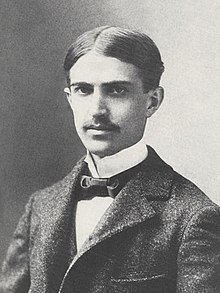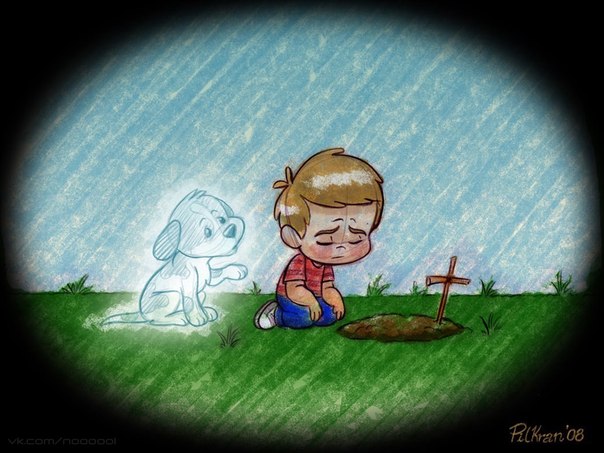In fact there are quite few
descriptions of the settings in the text. At the beginning of the story we see
that the main character a child stands on the street near "a high board-fence". Then the
narrator describes the meeting of a dog and the child, but not the word about
the look of the street. So the reader can imagine any type of street he likes.
Then there were couple of words about the
house of the child "In a small room containing a stove, a table, a bureau
and some chairs". This description shows the small, grey,
uninteresting room. It seems like there is nothing more to say about the room in
particular and the child’s house as a whole. From the story we also can found
out that the family lives in a multifamily house of at least five floors. "The end" of the setting's description.
Such poor description of the places in the
story draws the reader’s intention to the actions and feelings. It seems that for
the narrator the place is really unimportant and meaningless. Thanks to this
the reader doesn’t digress from the characters and their feelings and emotions,
what makes this story sensible.


